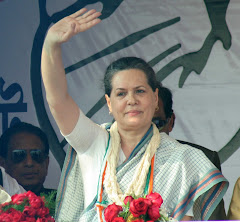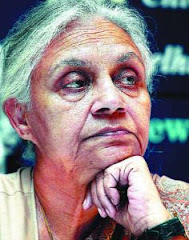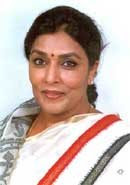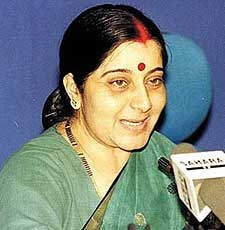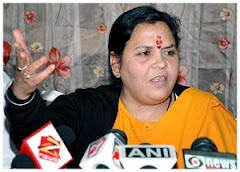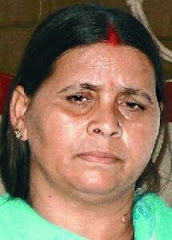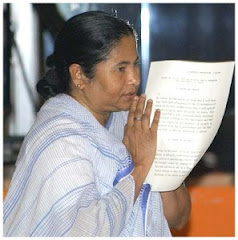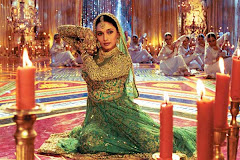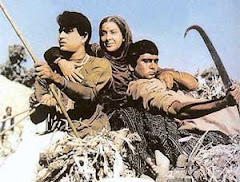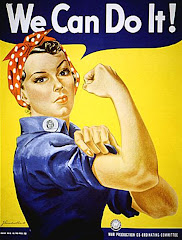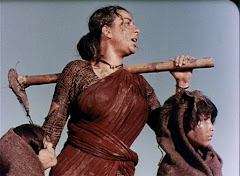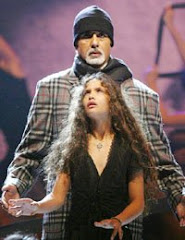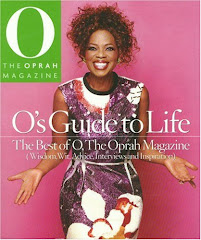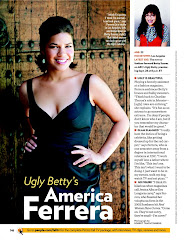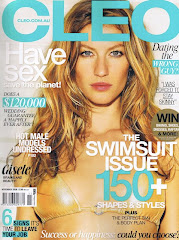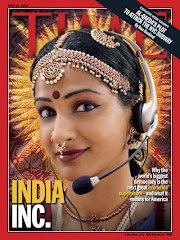Black is the color of strength, power, courage or conversely also of sadness, grief and morbidity. The film "Black" is a strong story told magnificently, creating the right imagery and bringing forth a very delicate issue to the viewers with utmost sensitivity. In this e-journal, I will analyze the different elements like literary design, cinematography and visual design used in ‘Black’.
LITERARY DESIGN
“Literary design refers to the elements of the film that come from the script and story ideas. The literary design includes the story, the setting, the action, the characters, the characters’ names, the dialog, the film’s title, and deeper subtext or thematic meaning” (pg. 4).
The story of the film revolves around a deaf, mute and blind girl, Michelle McNally and her teacher Debraj Sahai, who takes up the responsibility to bring light to her ‘black’ world and achieve their dream of getting Michelle to graduate. The story being very inspiring has a strong emotional appeal to it because Debraj Sahai, not only fills her previously expressionless world with colors, but also gives her new meaning to the 'black' that she found herself surrounded with.
The story is set in the backdrop of old Shimla, with a dominance of the simplicity of Anglo-Indian culture.
The dialogues of the film are both in English as well as Hindi.Young Michelle and older Michelle have played their roles in a very convincing manner. They have no dialogues, but sounds and their body language have been used to convey their emotions. Debraj Sahai’s character is that of a ragged, authoritative old man, edging on eccentricity. But his determination at training Michelle is inspiring. The character of Mr. Paul McNally, Michelle’s father has been shown as a domineering person. Mrs. McNally, Michelle’s mother is loving and caring, but is afraid to talk in front of her authoritative husband. Michelle’s sister, Sarah has been portrayed as a jealous girl, who is always yearning to get the attention that her sister gets. The dialogues of Debraj Sahai are harsh and at the same time inspiring as compared to Mr. McNally’s dialogues, which are equally harsh but uninspiring. The dialogues of Michelle are spoken through her hands, walking stick, facial expressions and her silence.
CINEMATOGRAPHY
“The cinematographic design is the way camera records the visual elements that have been dictated by framing, lenses, camera angle, camera movement, what is in focus and what is not” (pg.4).
The camera focus has been used to display the relationship of the characters. For example in this picture, Debraj Sahai’s face is in focus while Michelle’s face is not in focus and is in the foreground. This shows that both Michelle and her teacher are complementary to each other and how both are equally important.
In the movie, tight shots have been used for happy scenes, an example being the above college scene. The frame includes Michelle’s college friends surrounding her, reflecting her happiness and no room for plain backgrounds.
In the video in the beginning, the camera moves smoothly from down to up with Michelle, when she tries to feel the statue of the fountain and the water. Then suddenly when she realizes that she can say water, the camera movement is not smooth anymore and shakes in order to reflect her excitement to tell her teacher that she can say ‘water’.
At many places, the movie shows close-ups of the protagonists, that helps bring out the desired message of the scene. In this scene Michelle feels the snowfall on her palm and face, the camera focus is on her outstretched hand and fingers playing in the snow, showing that it’s just that sense of touch with which Michelle 'sees' the world and perceives beauty.
In the climax graduation scene, the camera angle is such that, in spite of the fact that the hall is huge and there are many people, everything and everyone apart from Michelle seems smaller, showing that Michelle has won over all odds.
VISUAL DESIGN
“The visual design includes the choice of sets, costumes, makeup, lighting, color, and actors’ performance and arrangement before the camera” (pg.4).
The initial scenes of the movie give a feel of a black world, devoid of other colors. The meaning of Michelle’s life is put across through the dark room with only some natural light coming from the windows reflecting a hopeless situation, replete with despair. "This is my world" goes Michelle’s dialogue, while the screen in front of the viewer is inky black. This use of the color black successfully transports the viewer into the mind of the narrator; Michelle.
The statues, the museum, and the study form the backdrop of a situation full of pathos.

The architecture within the house too consists of long corridors to the point of being scary. All this emphasize on the imposing nature of Mr. McNally.
The architecture of the house in some ways gothic, as it appeals directly to the emotions. The movie for most parts has used natural or dim light. For example, when Mrs. McNally is giving little Michelle a bath and realizes that her daughter will never be able to see, hear or speak. The scene shows the darkness inside her after the realization and her pain is enhanced by the painting in the background.

Similarly when Mrs. McNally and Debraj get into an argument about emptying out the study so that he can teach without any disturbance to Michelle’s sense of touch, the painting in the backdrop of Mother Mary and Jesus reflects Mrs. McNally’s love for her daughter but at the same time the heavy frame of the painting reflects how tied she is because of her strict husband.
The Oxford university campus, where Michelle is enrolled for is beautiful and full of light conveying a sense of hope.

The last scene of the movie shows Debraj Sahai lapsed into Alzheimer’s in white clothes against white background, reflecting freedom and the advent of light in his and Michelle’s life by the glory of Michelle’s graduation.
The colors of costumes used for all the characters in Black are dull. The makeup too isn’t colorful at all. However, contrasts have been used by providing bright makeup to Michelle's sister Sarah. Throughout the movie, Michelle is seen wearing black-gray ill fitting clothes. In contrast, the black color of her graduation robe has shine to it. The robe is symbolic of her having achieved the dream she had seen with her teacher.










